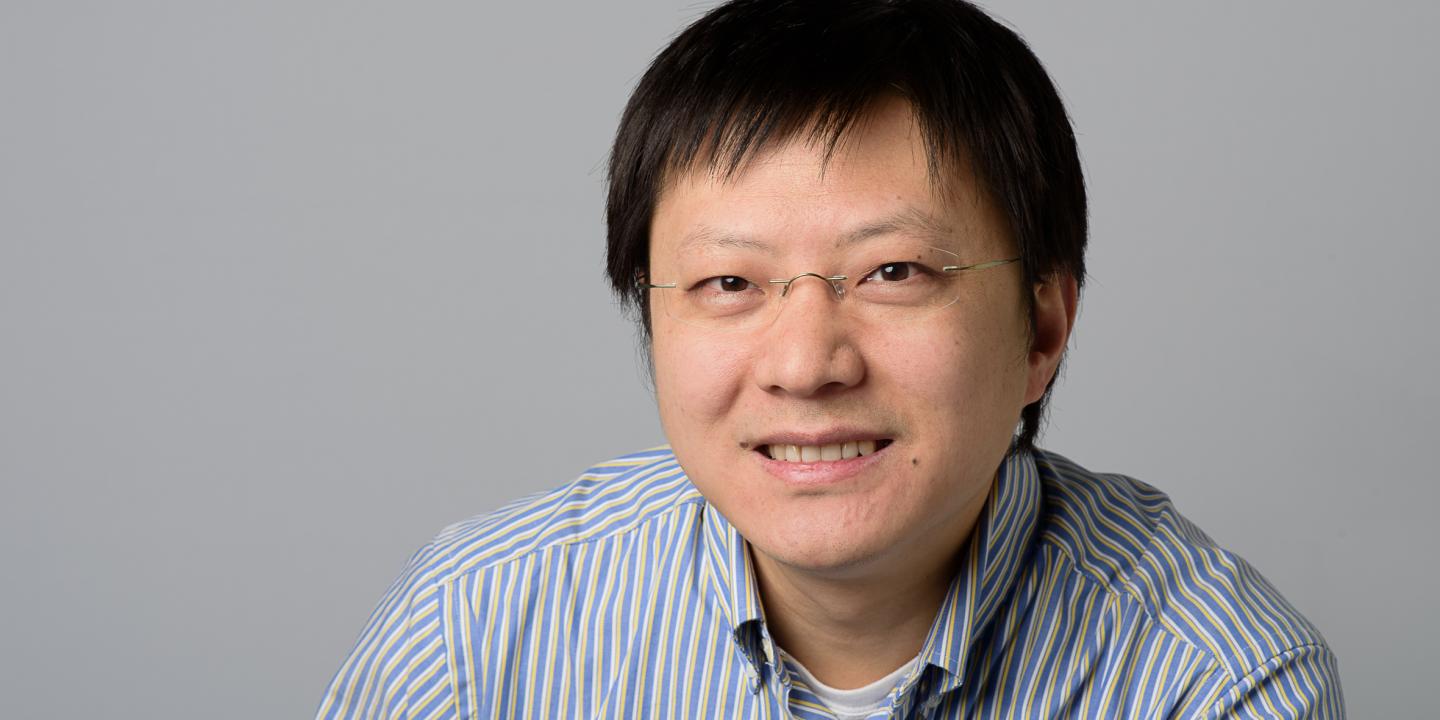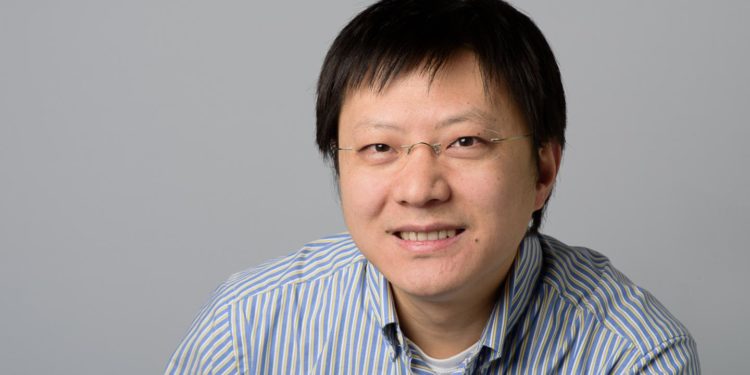
Credit: Zernike Institute for Advanced Materials, University of Groningen
In superconducting materials, an electric current will flow without any resistance. There are quite a few practical applications of this phenomenon; however, many fundamental questions remain as yet unanswered. Associate Professor Justin Ye, head of the Device Physics of Complex Materials group at the University of Groningen, studied superconductivity in a double layer of molybdenum disulfide and discovered new superconducting states. The results were published in the journal Nature Nanotechnology on 4 November.
Superconductivity has been shown in monolayer crystals of, for example, molybdenum disulphide or tungsten disulfide that have a thickness of just three atoms. ‘In both monolayers, there is a special type of superconductivity in which an internal magnetic field protects the superconducting state from external magnetic fields,’ Ye explains. Normal superconductivity disappears when a large external magnetic field is applied, but this Ising superconductivity is strongly protected. Even in the strongest static magnetic field in Europe, which has a strength of 37 Tesla, the superconductivity in tungsten disulfide does not show any change. However, although it is great to have such strong protection, the next challenge is to find a way to control this protective effect, by applying an electric field.
New superconducting states
Ye and his collaborators studied a double layer of molybdenum disulfide: ‘In that configuration, the interaction between the two layers creates new superconducting states.’ Ye created a suspended double layer, with an ionic liquid on both sides that can be used to create an electric field across the bilayer. ‘In the individual monolayer, such a field will be asymmetric, with positive ions on one side and negative charges induced on the other. However, in the bilayer, we can have the same amount of charge induced at both monolayers, creating a symmetrical system,’ Ye explains. The electric field that was thus created could be used to switch superconductivity on and off. This means that a superconducting transistor was created that could be gated through the ionic liquid.
In the double layer, the Ising protection against external magnetic fields disappears. ‘This happens because of changes in the interaction between the two layers.’ However, the electric field can restore protection. ‘The level of protection becomes a function of how strongly you gate the device.’
Cooper pairs
Apart from creating a superconducting transistor, Ye and his colleagues made another intriguing observation. In 1964, a special superconducting state was predicted to exist, called the FFLO state (named after the scientists who predicted it: Fulde, Ferrell, Larkin and Ovchinnikov). In superconductivity, electrons travel in pairs in opposite directions. Since they travel at the same speed, these Cooper pairs have a total kinetic momentum of zero. But in the FFLO state, there is a small speed difference and therefore the kinetic momentum is not zero. So far, this state has never been properly studied in experiments.
‘We’ve met nearly all the prerequisites to prepare the FFLO state in our device,’ says Ye. ‘But the state is very fragile and is significantly affected by contaminations on the surface of our material. We will, therefore, need to repeat the experiments with cleaner samples.’
With the suspended bilayer of molybdenum disulfide, Ye and collaborators have all the ingredients needed to study some special superconducting states. ‘This is truly fundamental science that might bring us conceptual changes.’
###
Reference: O. Zheliuk, J. M. Lu, Q. H. Chen, A. A. El Yumin, S. Golightly & J. T. Ye: Josephson coupled Ising pairing induced in suspended MoS2 bilayers by double-side ionic gating. Nature Nanotechnology
Media Contact
Rene Fransen
[email protected]
Related Journal Article
http://dx.





